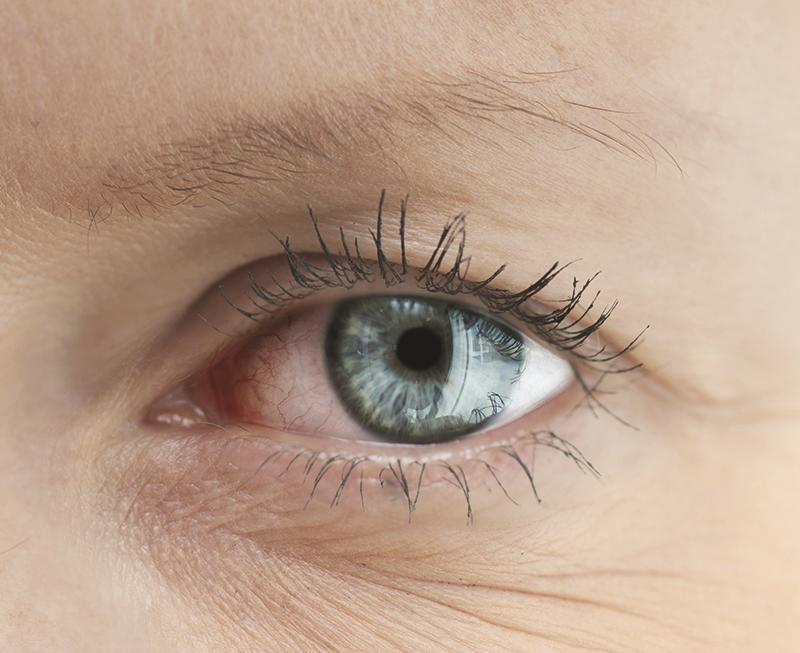
Eyes of patients with unilateral retinal vein occlusion (RVO) see greater reductions in peripapillary retinal nerve fibre layer (pRNFL) thickness over time than healthy eyes, a recent study has found.
Forty-seven unilateral RVO patients (mean age, 66.2±7.1 years; 30 females) were enrolled and underwent spectral domain-optical coherence tomography annually for 3 years for the measurement of mean and sectoral pRNFL thicknesses. Forty-seven healthy controls (mean age, 65.1±7.2 years; 26 females) were also included as comparators.
In the fellow eyes of RVO patients, linear mixed models found that mean pRNFL thickness was significantly reduced over 3 years of follow-up, with the magnitude of change likewise significantly decreasing over time. The same remained true across all sectors: superior, nasal, inferior and temporal.
In healthy eyes, the mean pRNFL also thinned over time, though sectoral analysis found that only the superior and inferior sectors experienced significant changes.
Moreover, the mean rates of reduction were greater in RVO patients than in controls (–0.68 vs –0.41 µm per year). The same was true for the superior, nasal and inferior sectors, but not for the temporal sector.
Multivariate linear mixed models showed that age (p=0.011) and hypertension (p=0.014) were significant factors associated with the change in pRNFL in RVO eyes over time.
“The purpose of the present study was to investigate changes in pRNFL thickness over time in the fellow eyes of unilateral RVO patients,” said researchers. “Ophthalmologists should be careful to interpret the reduction of RNFL thickness when treating these patients.”